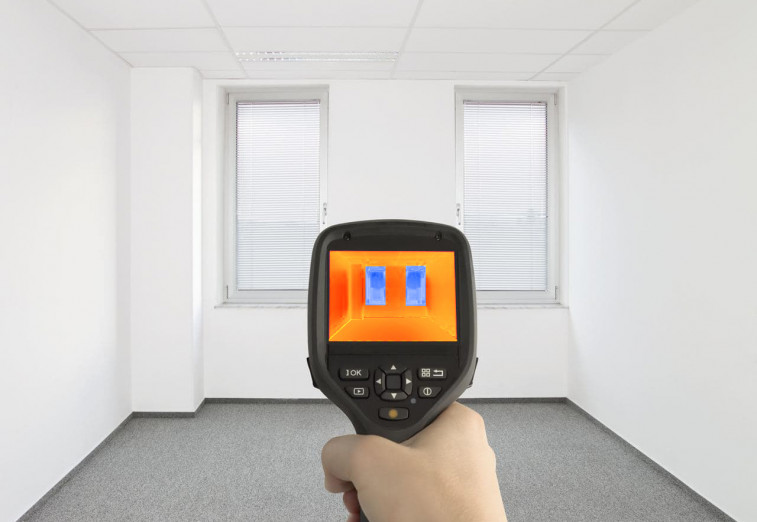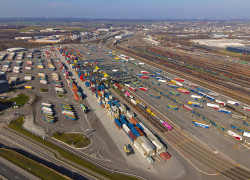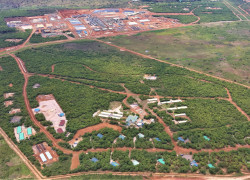OCSiAl graphene nanotubes offer an efficient replacement for carbon additives in conductive electrical heating paints
The use of graphene nanotubes increases productivity of conductive paints and improves their performance compared to standard conductive additives.
Increased productivity and improved performance of conductive heating paint were achieved by replacing standard conductive carbon additives, whose working concentration was about 25% of the total compound weight, with 0.5% graphene nanotubes from Luxembourg-based technology company OCSiAl. The innovative paint is applied to walls or panels through ultra-thin coating layer. Copper electrodes supply a current of 12–24 volts, which is enough to heat the paint up to 40 °C, but at the same time is safe for human contact. Then the surface is covered with a standard paint. The specific heating temperature is regulated using sensors or manually. According to Vladimir Kravchenko, Vice-President, Development and Support Leader for Thermoplastics, Thermoset and Construction Materials, OCSiAl: “Conductive additives have been introduced into primers and paints for years, and we can observe some carbon-based solutions on the market. However, in comparison with carbon black, graphite, or metal parts, nanotubes make it possible to obtain a more uniform consistency of paint and do not affect its practical properties. The key for manufacturers is the ability to speed up production and reduce costs, while gaining an improvement in the properties of the final products.”
Graphene nanotube paint and varnish solutions for residential heating have passed the development phase and are entering the market in the form of eco-friendly heating panels and conductive paints. According to calculations, as an example, applying only 6 square meters of heating paint with nanotubes applied to one wall will be enough to heat a room with an area of 50 square meters.
Powder coatings, heating films, automotive primers, epoxy and polyurethane coatings, linings, various gelcoats—graphene nanotubes are used in almost all types of coatings due to their high electrical conductivity, strength, and unparalleled low working concentration starting in many applications from only 0.02%.
In 2024, OCSiAl will launch the first train of a new synthesis facility in Differdange. The future world's largest graphene nanotube synthesis and R&D facility in Luxembourg will contribute to the creation of 325 job opportunities in various career fields, including engineers, technicians, general workers, HR, line operators, and scientists
Communiqués liés
RSA launches technology and management liability insurance s...
RSA Luxembourg, part of Intact Insurance Specialty Solutions, today announces th...
Lancement d'une nouvelle connexion intermodale entre Bettemb...
CFL multimodal a le plaisir d'annoncer le lancement de sa nouvelle connexion i...
Experts from LUNEX award first micro-credentials in Rwanda o...
The Rwanda Ministry of Education (MINEDUC) formally inaugurated Syllabi, a publi...
ERG Notes that ENRC Secures Landmark Victory as Court of App...
Eurasian Resources Group (ERG), a leading diversified natural resources group he...
LetzToken et La Vie est Belle annoncent leur partenariat ouv...
«?LetzToken?», plateforme de tokenisation pionnière basée à Luxembourg, et ...
ERG announces a Pre-Export Finance Facility Agreement based ...
Eurasian Resources Group (“ERG”, “The Group”), a leading diversified nat...
Il n'y a aucun résultat pour votre recherche







